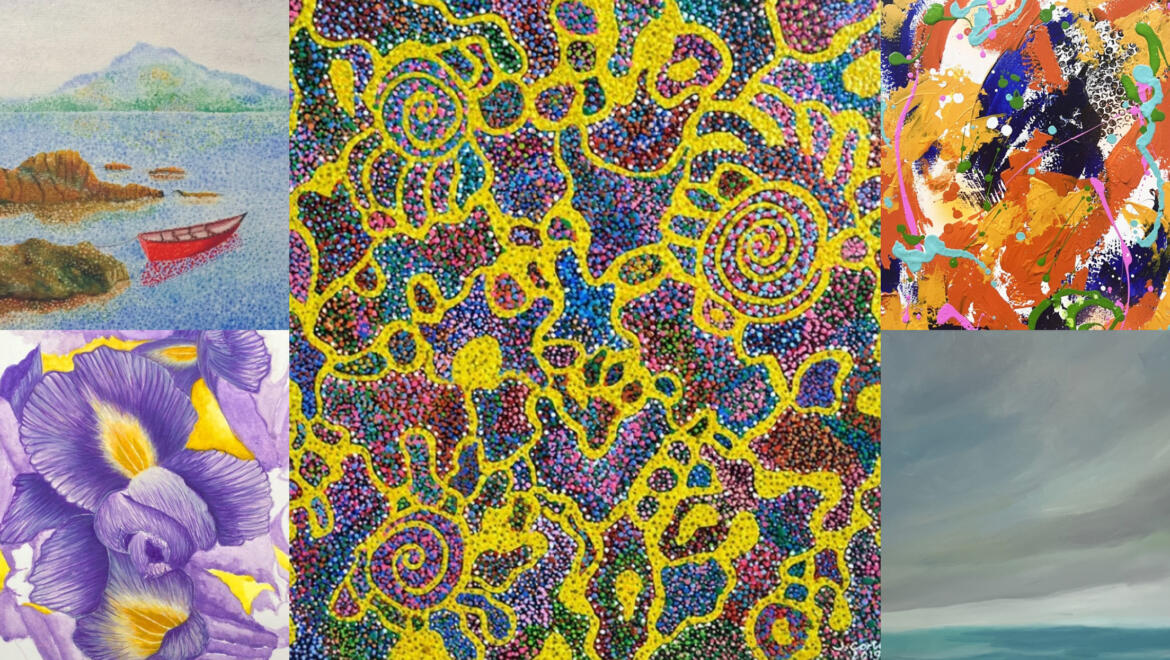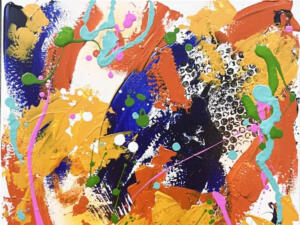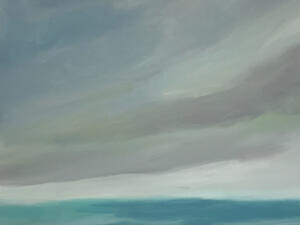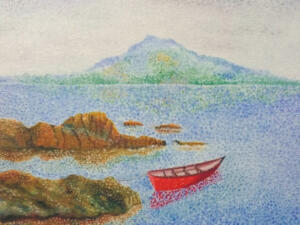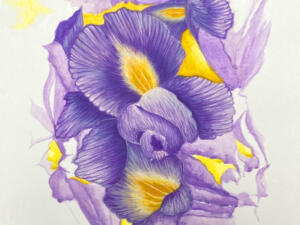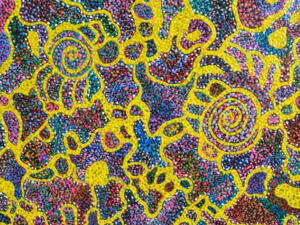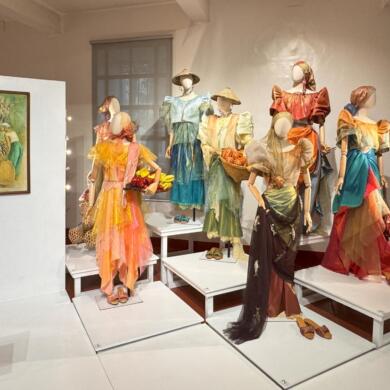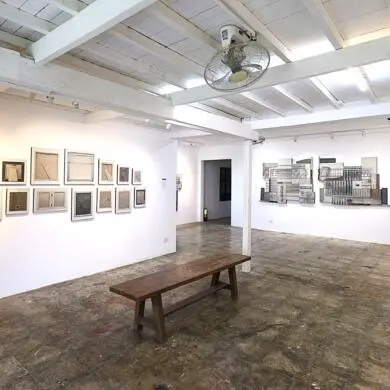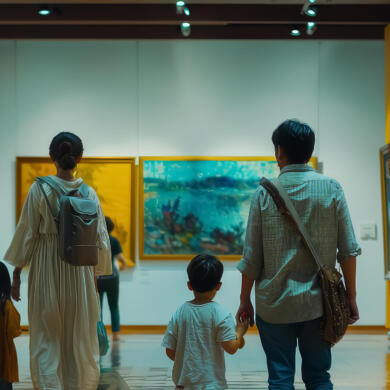Brush strokes have been a crucial component of the visual arts for ages. Renaissance artists, such as Leonardo da Vinci and Michelangelo, are often credited with their distinctive brush strokes, which produced realistic and lifelike portraits and murals. Using brush strokes is essential as they significantly impact a painting’s overall mood, style, and emotion.
Through brush strokes, artists can create an illusion of texture and depth in a painting. They convey a certain feeling or behavior. For example, bold, heavy brush strokes indicate strength and passion, while softer, more delicate strokes indicate calmness or reflection.
When it comes to using brush strokes, artists have their unique style and method, and viewers may tell an artist’s style by looking at their brush strokes. It’s similar to the artist’s handwriting, which also vets an artist’s original work.
Here are some of the different brush strokes featured on FilipinoArt.ph:
- Wet-on-Wet applies fresh paint onto previously used paint that has yet to dry.
“Youthful”
24″ x 18″ Acrylic on Canvas
- Scumbling is a method of painting where a dry brush is used to apply a light layer of paint to a previously dried area, creating a softer or lighter effect.
- Stippling is a technique using dots alone to create areas of light and shadow.
“The Red Boat”
14.5″ x 16″ Acrylic on Canvas, Board
- Hatching is a technique where lines are drawn closer together in the same direction, creating shades or textures.
“Purple of the Night”
12″ x 9″ Watercolor on Paper
- Optical Color Mixing is where small dots or strokes of various colors are near each other, producing the impression of a new color when observed from a distance.
“Out of My Head”
24″ x 24″ Acrylic on Canvas

